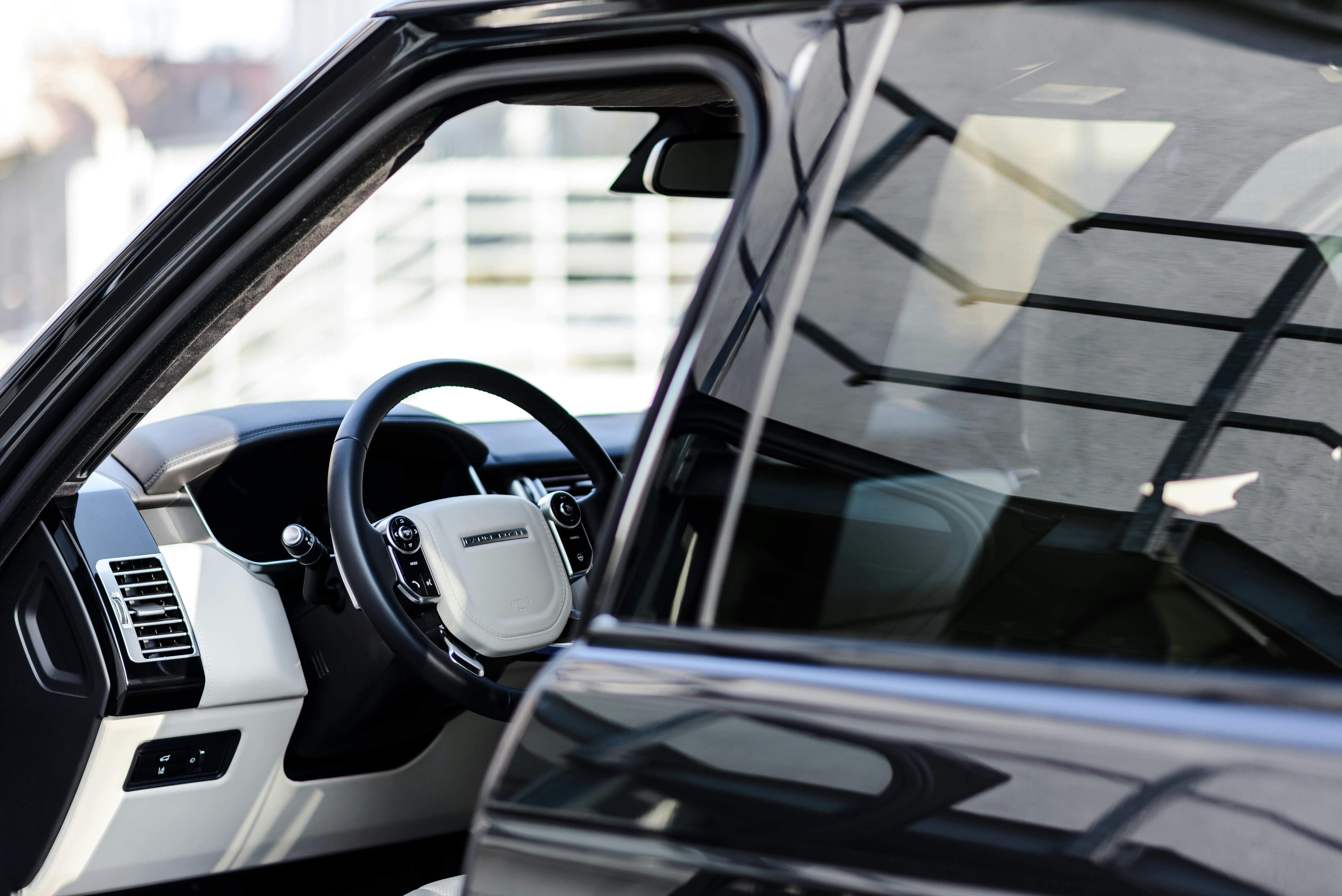Snow tires vs. all-weather tires

To everyone, winter is best known for the snow it brings. The sight of the first snowflake streaming down is the first sign that everything will eventually turn white and blurry. Many will say that snow is a wonderful sight to behold, unless you are a driver.
The snow makes the paths slippery. Slippery roads mean less traction for car tires, making roads even more dangerous. With less friction between the road surface and the car’s tires, spinning, fishtailing or the ability to stop can occur in the normal performance of your car. This particular fact has made accidents more likely during the winter than during the summer season.
Markedly decreased traction is also caused by tires that freeze up during the winter. Because outside temperatures can be well below freezing, tires often do the same. Since regular tires will be stiffer than they usually are, less of the tire’s surface comes into contact with the road surface, further reducing traction.
Snow versus all-weather tires:
Snow tires have a smaller tread, which makes it easier for water to pass through the tire, thus preventing hydroplaning on wet surfaces. This allows car tires to provide more traction compared to all-weather tires, which have larger, wider treads and are therefore not best suited for snow-covered surfaces.
Also, snow tires are much softer than regular all-weather tires, making them more resistant to sub-zero temperatures. Its rubber composition is modified to achieve this effect. Because the tires are softer, more of them come into contact with the road surface, which increases traction.
The story does not end there. Snow tires should also be inflated to the proper pressure to maximize friction and minimize wear. Most drivers are familiar with what pressure they should have in their tires, but very few know how pressure and temperature affect each other.
As the temperature drops, so does the pressure in a car’s tires. Gases inside tires lose volume when exposed to lower temperatures, causing the pressure they exert on a car’s tire walls to decrease as well. Therefore, it’s important to check your tire pressure as often as possible, especially since Ontario’s winter temperatures can vary greatly.
As a side note, it’s also worth noting that checking a car’s all-wheel drive (or 4-wheel drive) is a good idea, if your car has one. A car’s AWD can come in handy in extreme situations where roads are hopelessly slippery. Checking your car’s AWD even before the winter season arrives will help ensure that you can rely on that AWD function when you need it.
Snow-covered roads are usually sprinkled with generous amounts of road salt to keep them free of ice. The downside to this practice is that road salt can come into contact with metal parts of a car, which will catalyze the rust process. It is recommended that the undercarriage be waterproofed to reduce salt damage.